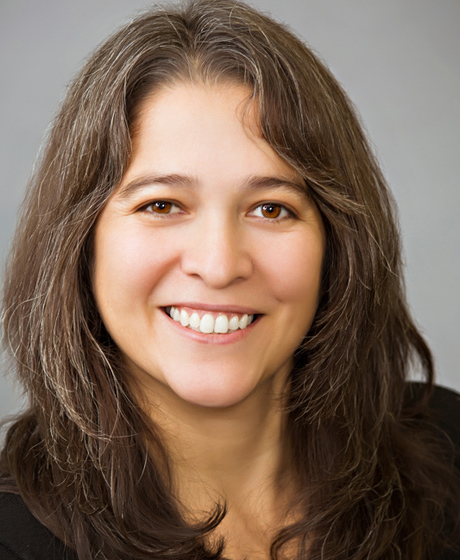
ilonin Cruz-Gonzalez is a trustee of the Azusa Unified School District in east Los Angeles County. Now in her 18th year as a school board member, Cruz-Gonzalez has been an active member of CSBA, and has served as President-elect, Vice President and on the CSBA Board of Directors representing the greater San Gabriel Valley.
The other part of that is we are very much becoming a global society. And so, I would love to see every single student who graduates in California be literate in more than one language. I think that is an asset. You see that in other countries. I would love for that to happen in California. But that can’t happen — neither of those things can happen — without a really strong focus from school board members.
I think the other big piece is that we’re living within an educational system. It is a structure that was developed several centuries ago, and very little has changed — in terms of how we sit children in a classroom, how we interact with children. I really feel if we want to truly realize the potential of these students and understand where they’re going, we have to be self-reflective and think about how we can transform our systems. And I see it happening in districts across the state. I would say it doesn’t happen everywhere — I myself am guilty of not trying to think outside that box and think about how we truly transform the educational experience of students. But I think that we do have to, that is a critical piece.
In terms of how it’s driven my work at the school board level, it’s had a deep impact for two reasons. One, I think I’ve been able to see very clearly the challenges of when you have a well-intentioned or a very good state policy at the state level that then through legislation pushes districts to adopt local policies. And I’m actually referencing Assembly Bill 99, which is educational equity for immigrant students. When you adopt something but there’s really no guidance — there may or may not be implementation in terms of the policies. I think for me as a board member, it’s really made me reflect on how we are supporting the educators in the system when we push policies and priorities in the local district. How are we ensuring that we are supporting the educators in the system? How are we ensuring that we have plans so that we can see implementation of those visions that we’re laying forward?
I would say the other piece that I feel I’m so grateful for is that I’ve been able to see some really amazing programs and approaches in schools and districts across the state, where they have created these wonderful, safe and inclusive environments for immigrant and refugee students.

One of the big challenges/opportunities for board members is creating equitable learning environments that help close achievement gaps.
That’s really what equity means — we want to make sure that we’re focusing on the needs of individual students or student groups. And this is a critical piece that I think often is hard to connect. We need to align our programs and especially our budgets to fund that work. It’s very difficult sometimes to think about how we shift resources or how we shift the focus of our staff to make sure that students are getting what we need.
I think the other critical piece is how we look at data and what we consider data. I think people often default to thinking of data as test scores, but there’s a plethora of data out there and boards have to be really thoughtful about what kind of outcomes they want to achieve; what kind of information they need to achieve those outcomes. That’s really how we should look at data, as information we need to be able to achieve those outcomes. And we need to keep thinking about how we are going to monitor that information, that data, to see if the things that we’re investing in are working. And I think that is often a very difficult conversation for school boards to have.
There’s so much information and new research that comes out all of the time. It’s difficult to keep up, but if you want to be effective, you have to know that what you’re pushing and what you’d like to achieve and align your priorities with what works.
The other piece that I think is really critical is building connections. I feel like I have gained so much knowledge from networking and meeting other board members from across the state because we all have different perspectives. We all have different knowledge sets and different experiences. I’ve been able to build these relationships with board members in my region and even across the state. I really feel like it’s helped me become a better board member.